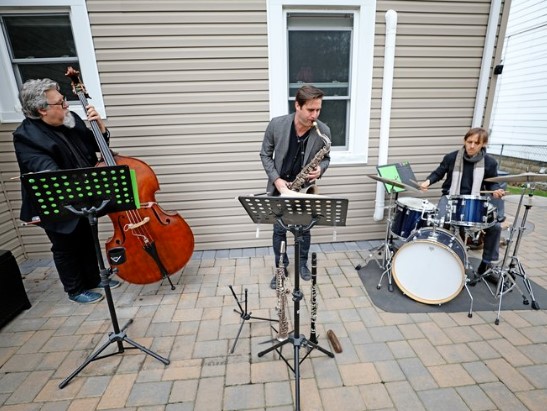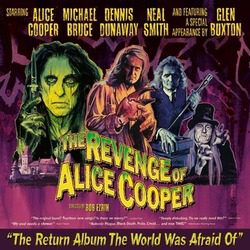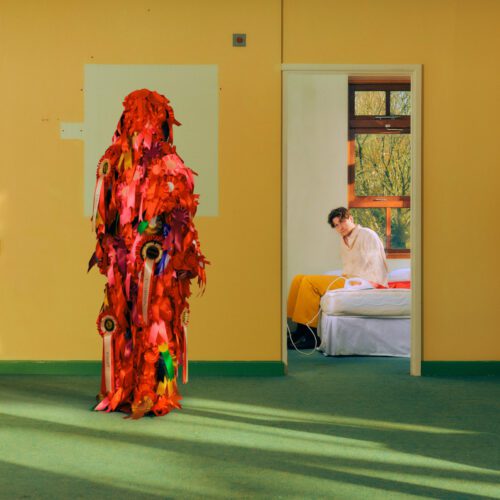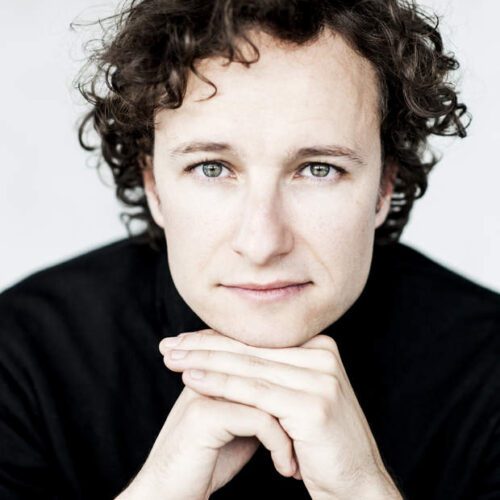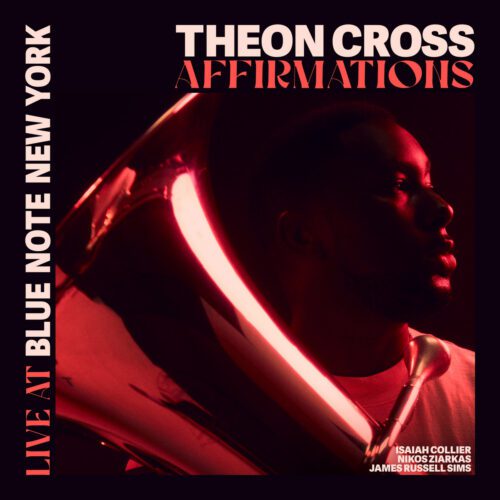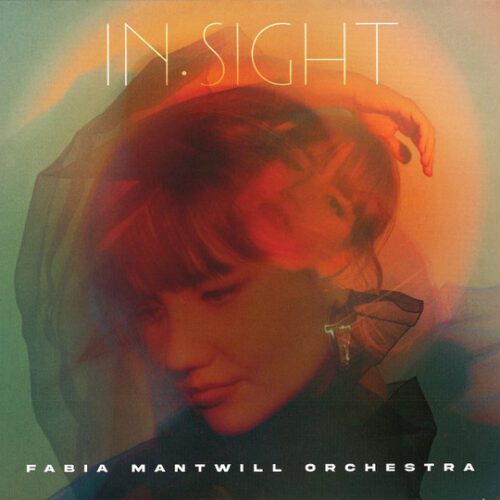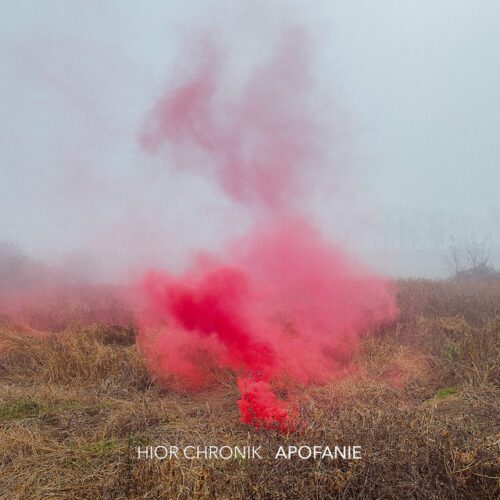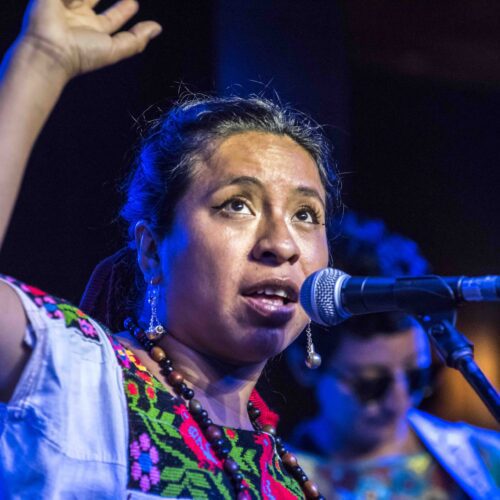Michael Formanek (bass), Chet Doxas (woodwinds), and Vinnie Sperrazza (drums),performed at Diese Onze on the evening of October 4th as The Drome Trio in this year’s edition of L’Off Jazz. The three veteran musicians showcased the compositions of Formanek which can be described as a stew of “free,” through-composed, and melodically cellular.
Additionally, there were interspersed sections of up-tempo swing, polyrhythmic interplay, and vamps that repeated with variations until evolving into new material altogether. I would even learn later in the evening that many of his compositions for this Drome Trio were based on palindromic melodies; (music that plays the same backwards as it does forwards). Needless to say that those looking to start their weekend with twelve bar blues and song-form standards would have been wise to look elsewhere.
Formanek began the set with a bass solo where he cycled through different minor modes and octatonic scales, playing them densely in various registers of the instrument. Contrary to the well known jazz stereotype, this was a bass solo that no one spoke through. Doxas and Sperrazza then joined in with some fast trills on sax and linear flurries around the drum set, all while Formanek punctuated with power chords. The rest of the evening would playout similarly but never identically, with the trio achieving some very intense textures. And on anindividual level, all the solos were played with much conviction.
I am not familiar enough with Formanek’s compositions so as to give a detailed formal analysis but, seemingly, the “free” sections would give way to moments of explicitly written material with all three musicians punching rhythms in unison at various points.
Clearly thesemoments were outlined in the sheet music because at different moments the trio’s eyes were fixed on their charts and I could sense a determination to play as accurately as the compositions demanded. Though it goes without saying that it was quite impossible for me to ascertain how precise they were actually playing with the line between “free” and constrained being so blurred.
In fact, I didn’t think it crazy to say that the trio were also blurring the lines between jazz and something closer to modern chamber music. The reason for this could be explained, I would later learn, by the fact that many of these compositions started as graphic scores later reinterpreted in standard notation.
Although I must admit that this style of jazz is not among my favourites, I can appreciate when it is done well. To the layman who finds such stylings abrasive, I would explain it this way: It takes a lot of skill to play like this on purpose and just as much time to hear what’s actually going on. I would certainly count the respectably sized Diese Onze crowd among those capable of appreciating what was going on as they remained captivated by Michael Formanek’s Drome Trio to the very end of the set.
